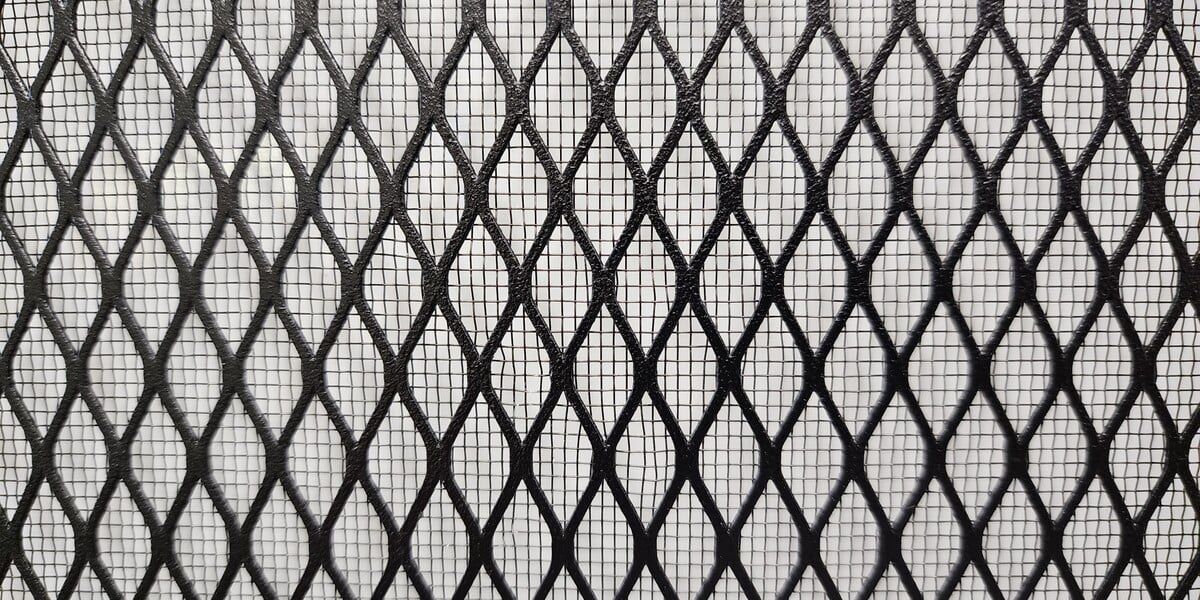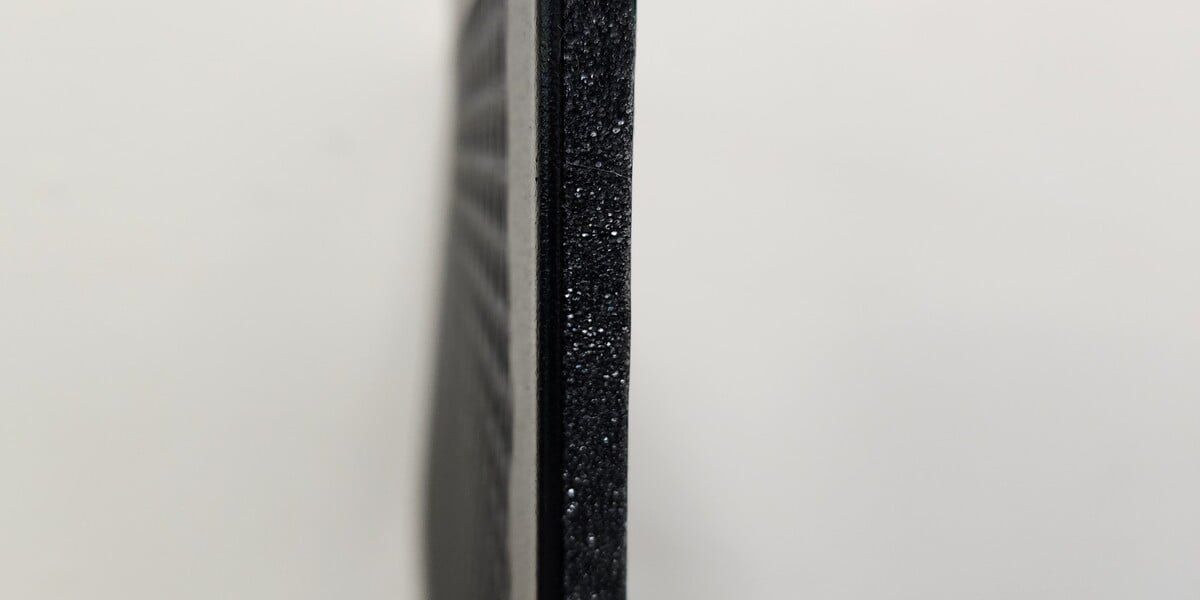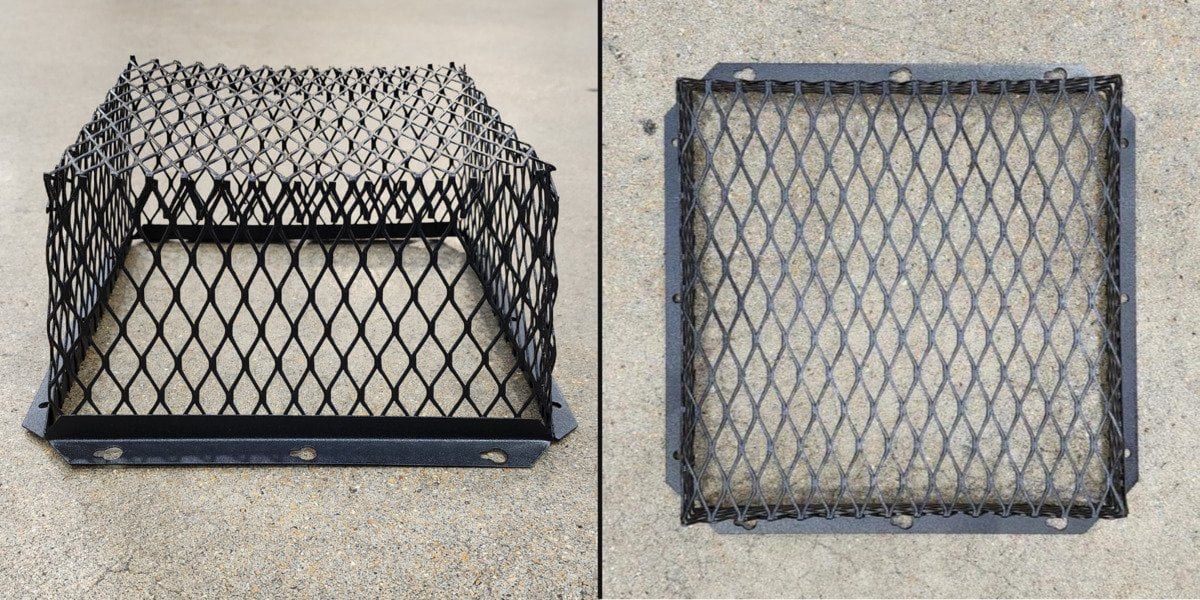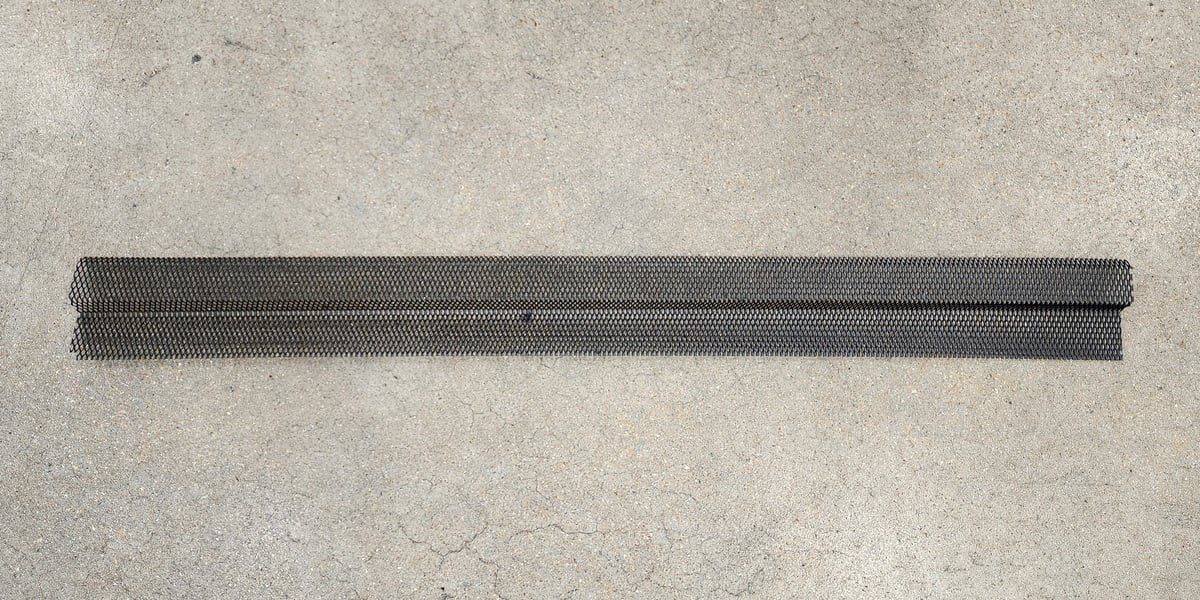Subscribe now and get our latest blog and video content delivered straight to your inbox.
4 New HY-GUARD EXCLUSION Products for Your Wildlife Exclusion Offering

Jan 19, 2024

At HY-C, product development never stops. Whether it’s our line of outdoor power equipment upgrades, our wood burning furnaces, or our custom chimney cap offering, we’re always working to develop new ways to help you help your customers.
One of our most recent efforts into new product development includes additions to our HY-GUARD EXCLUSION line of animal exclusion screens and guards. After a few rounds of R&D, we’re excited to announce that we have four new products available:
- InsectArmor
- 9” x 9” Roof VentGuard
- 8” x 16” Soffit VentGuard
- Stainless Steel Pest Armor Ultimate
These products were developed with the help of feedback from wildlife control operators in the field who have been using and installing our existing HY-GUARD EXCLUSION products. We created them for those (and other) wildlife control operators, the retailers who supply wildlife control operators, and distributors who supply those retailers.
In this guide, we’ll take a closer look at each of the products, why they were developed, and which situations they serve. We’ll also cover key features of each product to help you decide — whether you’re an operator, a retailer, or distributor — if you can use some for your business.
InsectArmor

What is it?
InsectArmor is a panel of steel mesh (measuring just 1.6 mm) inlaid in the hemmed edges of our foundation vent screens and soffit vent screens.
All of our foundation vent screens and soffit vent screens will be offered in two options: with InsectArmor, and without InsectArmor.

The screens that come with InsectArmor also include a layer of foam around the edges with a strong, peel-and-stick adhesive. This foam serves two purposes:
-
It sticks to the installation location, making it easier for operators to install with hardware
-
It contours to uneven substrates (like brick, stucco, or rough-sawn lumber) to seal insects out along the edges of the screen
Why was it Developed?
When it comes to critters (like raccoons, squirrels, and birds), our foundation vent screens and soffit vent screens work very well. They’re made of steel, and animals can’t bypass them when they’re installed properly.
Where they fall short, though, is excluding insects. Wasps, bees, stink bugs, and more creepy-crawlies are small enough to fit through the ⅜” mesh. The much smaller InsectArmor screens allow for proper venting while keeping even small insects out.
How Should it be Used?
With this addition to our line, homeowners will now have two options when it comes to soffit and foundation vent screens:
- Screens with InsectArmor
- Screens without InsectArmor
While the standard screens will keep out wildlife, the screens with InsectArmor go the extra mile to exclude even bugs. As a retailer or wildlife control operator, you’ll be able to offer both versions to your clients to expand your exclusion capacity.
The InsectArmor entails a higher cost for homeowners who are willing to spend a bit more for additional pest protection.
9” x 9” Stainless Steel Roof VentGuard

What is it?
The 9” x 9” x 5 ½” Roof VentGuard is the newest addition to our existing line of roof vent guards. Existing roof vent guard dimensions (with ⅝” mesh) include:
- 7” x 7” x 9”
- 11” x 11” x 13”
- 16” x 16” x 4 ½”
- 16” x 16” x 7”
- 25” x 25” x 6”
- 25” x 25” x 12”
- 30” x 30” x 12”
Made of stainless steel, the 9” x 9” Roof VentGuard utilizes the same ⅝” mesh and pre-drilled flanges. It simply comes in new length, width, and height dimensions.
Why was it Developed?
This new roof vent guard was developed with the help of wildlife control operators out in the field. They had been using our 11” x 11” x 13” roof vent guard to cover through-the-ceiling bathroom vents. Those guards got the job done, but they were far too tall for the bathroom vents, resulting in an awkward appearance.
We found that this situation was reported by several wildlife control operators. They informed us that a slightly smaller guard would alleviate the problem and provide much better aesthetics on their clients’ homes. So, that’s what we developed.
How Should it be Used?
Aside from the specific dimensions of this new guard, its primary purpose is to cover through-the-ceiling bathroom vents. It’s made of steel, and it’s meant to stand up to warm, moist air from bathroom vents without rusting or deteriorating.
8” x 16” Soffit Vent Screens

What is it?
Our existing line of soffit vent screens…
- Comes in white, gray, and black
- Is made of galvanized steel
- Comes with ⅜” metal mesh
- Measures 4” x 16”
These new soffit vent screens are identical in material, colors, and mesh size, but they measure 8” x 16” instead of 4” x 16”.
Why was it Developed?
Frankly, these screens were developed due to a blind spot on our part. While contractors do construct some homes with 4” x 16” soffit vents, 8” x 16” is, by far, the most common soffit vent size.
Essentially, we weren’t meeting all of our customers’ needs with our existing line of 4” x 16” soffit vent screens. As soon as operators brought this to our attention, we got to work on developing the 8” x 16”.
How Should it be Used?
To start with, these new screens were made primarily for those who asked us for them. More broadly, they’re for any wildlife control operators who cover soffit vents and are looking to add additional vent sizes to their offering.
Stainless Steel Pest Armor Ultimate

What is it?
We offer four styles of Pest Armor in our existing lineup, all of which are made of galvanized steel:
- L-Mesh Pest Armor
- Low Profile Z-Mesh Pest Armor
- High Profile Z-Mesh Pest Armor
- Expanded High Profile Z-Mesh Pest Armor
This new Pest Armor is made from stainless steel (instead of galvanized steel) in the High Profile Z-Mesh style.
Why was it Developed?
Our existing Pest Armor styles work well everywhere — except within 25 miles of a saltwater coast. Saltwater and galvanized steel don’t mix well, and we found that, over time, Pest Armor installed in these locations is susceptible to rust and deterioration.
We want operators who buy from us to be able to serve customers in those areas, so we developed Pest Armor in stainless steel.
We’re starting with the High Profile Z-Mesh Pest Armor in stainless steel first, because of the four Pest Armor styles we make, that style is used the most. We’ll monitor demand for stainless steel Pest Armor in the other three styles, and if the demand is there, we’ll be happy to fill it.
How Should it be Used?
Pest Armor is most commonly used to cover gaps in houses where insects tend to get in, like:
- Rainscreen siding gaps
- Soffit gaps
- Skylights
- Roof offsets
- Roof deck vents
If you’re an installer who wants to use Pest Armor on your clients’ houses to cover these vulnerable spots, and the homes are within 25 miles of a saltwater coast, Stainless Steel Pest Armor Ultimate is the way to go.
Should You Offer These Four Products?
There you have it: a look at four new HY-GUARD EXCLUSION products. Some are new takes on existing products, some offer new materials, and some come in new sizes.
But at this point, you may be wondering: How many (if any) of these should I offer to my customers?
That depends. If you’re a retailer or distributor, it may be wise to include all of these products in your offering, especially if you already carry wildlife exclusion products. These four products were manufactured as a direct result of wildlife control operator feedback, so there’s a definite need for them among your customers.
If you’re a wildlife control operator, deciding which of these new products to offer depends on the scope of your business and the kinds of critters you exclude. If, for instance, you already install foundation and soffit vent screens, you can offer the new styles with InsectArmor as a “higher tier” option that costs more but excludes more, too.
If you’ve run into sizing problems with roof vent guards, the new 9” x 9” x 5 ½” might be just what you’ve been looking for. If your business serves customers within 25 miles of saltwater, the Stainless Steel Pest Armor Ultimate was made just for you.
Whatever the case, if you’re interested in carrying or selling these or any other HY-GUARD EXCLUSION products, be sure to get in touch with a HY-C account manager. They’ll be able to help you determine which products you should offer so you can serve your customers best.
